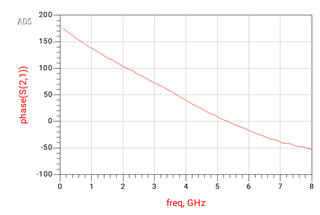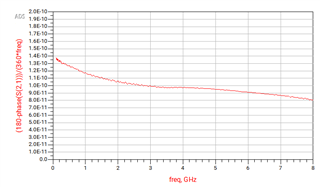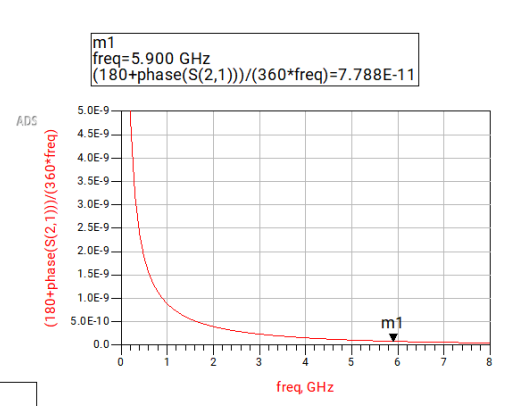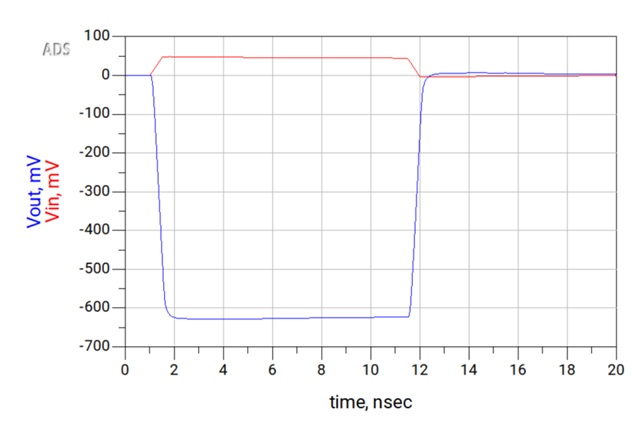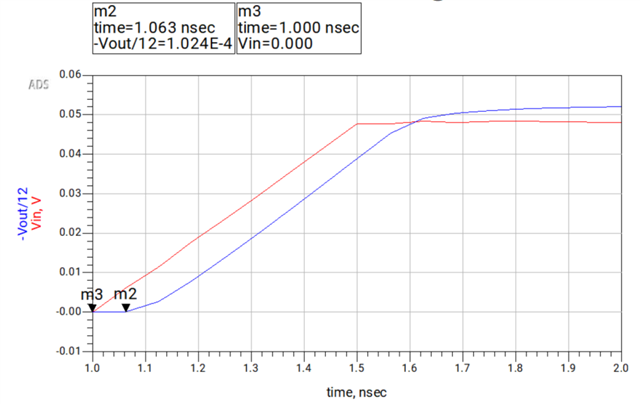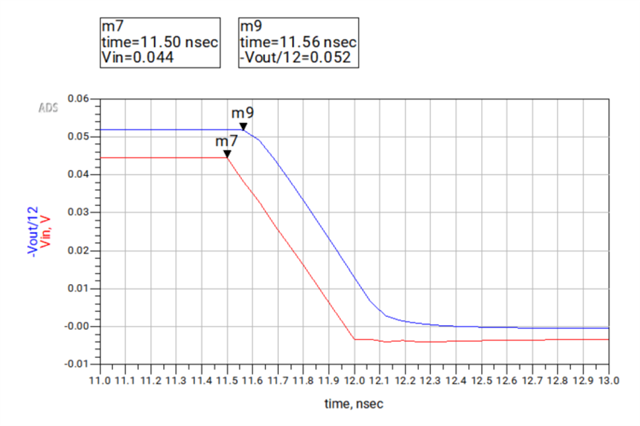Tool/software:
Dear Specialists,
My customer is considering TRF37D73 and has two questions.
I would be grateful if you could advise.
---
I am considering TRS37D73 for 1ns pulse amplification,
Could you please answer the question?
(1) Is the output of the TRF37D73 inverted?
When I checked the TINA TI reference design, it was inverted.
Is it correct to understand it is inverted?
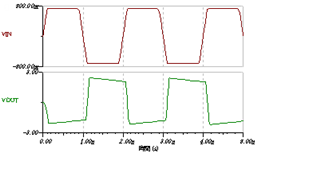
(2) What are the specifications for the propagation delay of the TRF37D73?
Could you please let me know typical and maximum values
---
I appreciate your great help in advance.
Best regards,
Shinichi


